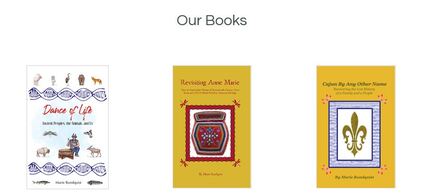|
Serendipitous DNA Discovery Uncovers Rusty Petitjean's Hidden Native Ancestry By Marie Rundquist with Deadra Doucet Bourke, Administrators Acadian Amerindian Ancestry DNA Project November 1, 2020 “…when Rusty’s mtDNA test results came back I was absolutely stunned …” If the Acadian Amerindian Ancestry DNA project were to have one, single, underlying characteristic to which we owe our most spectacular and unexpected DNA discoveries, it would have to be “serendipity.” The Merriam Webster Online Dictionary (www.merriam-webster.com) defines serendipity as “the faculty or phenomenon of finding valuable or agreeable things not sought for.” “Serendipity” perfectly describes how Rusty Petitjean discovered his earliest Native ancestry only after his mitochondrial DNA (mtDNA) test results came in. Click here to read the article! Update January 26, 2021: Since the publication of this article, another documented, matrilineal (mother-line) descendant of Marie Ouacanteous Rouensa b. 1677 and d. 1725, the daughter of Rouensa, Chief of the Kaskaskias, has had the full mitochondrial sequence mtDNA test, where markers at the HVR1, HVR2 and coding region are compared. The latest full mitochondrial sequence mtDNA test results, received January 26, 2021, which matched Rusty Petitjean's results, were confirmed by Family Tree DNA as belonging to the C4c1 mtDNA haplogroup and therefore validate the lineage and the Native American origins of Marie Rouensa, established by the original article. The Acadian Amerindian Ancestry DNA project wishes to thank Fr. Jason Vidrine and other members for providing their gracious assistance in sponsoring this latest match's full mitochondrial sequence mtDNA test and locating descendants of this historic line! This is what the C4c1 mtDNA match looks like in our Acadian Amerindian Ancestry public mtDNA test results page (see attached snippet). Displayed are the DNA test kit numbers, the earliest mother-line ancestor (Marie Rouensa), the United States country origin (indicating Native American ancestry in this case), the mtDNA haplogroup (C4c1) and the HVR1 and HVR2 mutations.* Coding region markers are not displayed on Family Tree DNA project websites. To see more of our project mtDNA results, visit our link and set your view to 500, at least, to avoid scrolling: https://www.familytreedna.com/public/AcadianAmerIndian?iframe=mtresults The picture of a people is coming together -- test by test and story by story! * Analysis of HVR1 mutations yielded a genetic difference of two. HVR2 and coding regions were identical. Each kit possessed the distinguishing marker for the C4c1 mtDNA haplogroup (T1243C) in the coding region and there were no missing markers.
-- by Marie Rundquist, Deadra Doucet Bourke, with Rusty Petitjean Link to: https://dna-genealogy-history.com Link to: https://familyheritageresearchcommunity.org/rouensa-dna Link to: Rundquist, M., Bourke, D.D. (2020, November 1). Full Article: https://dna-genealogy-history.com/uploads/3/4/0/9/34098671/petitjean-serendipitous_c4c1_mtdna_finding-final.pdf The Acadian Amerindian Ancestry DNA Project announces the following addition to the The Acadian Amerindian Ancestry DNA Project Wall of Big Y DNA Markers: The LeBlanc Big Y DNA marker R-FT55255! October 12, 2020 Advanced “Big Y” DNA testing offers members of the Acadian Amerindian Ancestry DNA project insights into their surname lines and origins like none other. Big Y DNA testing has proven to be an excellent partner for those engaged with surname studies as Big Y DNA tests pinpoint specific genetic markers, called SNPs, that are unique to individual surnames. That marker is passed from father to father to father, from an earliest-known paternal ancestor to living male descendants who carry an Acadian surname. As with the project, we are inclusive of “allied” surnames as we know that post-exile, many of our Acadian ancestors intermarried with others and their DNA has since become an integral part of our genetic legacy. Because not all descendants of Acadian and allied ancestors have had the Big Y DNA tests, and right now, our Big Y DNA test results are intermixed with other project information, our list is in no way complete, and as we find more of the Big Y DNA results in our project, and new results come in, we will continue add to the list. We hope that the “Acadian Amerindian Ancestry Project Wall of Big Y DNA Markers” will help others in completing their genealogies and as always, inspire more to have Big Y DNA tests. We want to have all of our historic Acadian and allied surnames “on the map.” Please contact project administrators if you have any questions about how to order a Big Y DNA test. In early October of 2020, Acadian genealogist Paul L. LeBlanc of Louisiana, whose BIG Y DNA test from Family Tree DNA of Houston, Texas, was sponsored by the Acadian Amerindian Ancestry DNA project and members of Paul's Acadian Genealogy Groups, shared that his Big Y DNA test results had come in and that he belonged to the R-FT55255 haplogroup. Review of Paul's Big Y DNA test results revealed that he had inherited the Y DNA signature SNP, R-FT55255, which formed a NEW branch of the R-BY592 haplogroup subclade. This new haplogroup, to which Paul and one other LeBlanc man belong, is one-step-down from the R-BY592 haplogroup to which one other LeBlanc man who also traces his patrilineal lines (from father-to-father) to ancestor Daniel LeBlanc of Acadia (b. ca 1626) belongs! The R-BY592 haplogroup is in turn one step down from the R-DF63 branch. It is strongly recommended that LeBlanc men in the Acadian Amerindian Ancestry and other Family Tree DNA projects who have tested positively for the R-DF63 SNP also add the Big Y DNA test to further refine their results! Paul's Big Y DNA test results proved his LeBlanc lineage twice over: once through his meticulous genealogy research and again by way of his matching 111-marker and Big Y DNA test results. Paul's Big Y DNA test results, and those of another LeBlanc man, have now formed a brand-new branch of the Y DNA tree: R-FT55255. It cannot be said enough: Big Y DNA tests are essential for identifying the descendants of specific male ancestors. A Big Y DNA test result may reveal that a descendant is an adoptee, a product of a non-patrilineal event (NPE), or (as in Paul LeBlanc's case) the surname descendant of an ancestor born in the early 1600s! The R-FT55255 haplogroup is one-step down from the R-BY592 haplogroup, which is a branch of the L21 haplogroup. The L21 haplogroup, a subclade of the R-M269 haplogroup (also referred to as the R1b haplogroup), is "the most common Y chromosome subclade of paternal lineages in the British Isles and is also significant in France." (https://www.familytreedna.com/groups/r-l21/about/background) The L21 haplogroup, and those ancestors who belonged to it, came on the scene in Europe during the Bronze Age and proliferated in short order, relatively speaking. The position of Paul's R-FT55255 haplogroup, within the current Y DNA tree, is highlighted in the following graphic: https://www.familytreedna.com/public/y-dna-haplotree/R;name=R-FT55255. If you look one step "upstream" in the tree from Paul LeBlanc's haplogroup, you'll discover three little flags icons that depict the R-BY592 parent haplogroup's European origins. One flag represents France. The other two flags represent Northern Ireland and the United Kingdom. Acadian genealogist Paul L. LeBlanc provides the following notes about his ancestor, Daniel LeBlanc (spelling variations of Paul's surname include LeBlanc, Leblanc, and LE BLANC):
Modified Register for (1) DANIEL LE BLANC First Generation 1. (1) DANIEL LE BLANC[1,2] was born about 1626. He died 1695/1698 in Port-Royal, Acadia. Location: . 1671 Port-Royal 45a 1686 Port-Royal 60a 1693 Port-Royal 66a . In the 1671 census Daniel had 17 cattle & 26 sheep. In the 1678 census, he had 12 acres and 12 cattle. His sons (Rene, Antoine, and Pierre) were living with him [Source - S White Dictionnaire]. . LE BLANC, Daniel, came from France with his wife, according to ten depositions: five from his great-grandsons (Doc. inéd., Vol. III, pp. 42, 48, 50, 88, 117), four from his great-great-grandsons (ibid., Vol. II, p. 189; Vol. III, pp. 55, 115, 120), and one from the husband of one of his great-great-granddaughters (ibid., Vol. III, p. 54). An eleventh, from his great-grandson Honoré LeBlanc, but in which his grandson Joseph LeBlanc dit Le Maigre seems to have collaborated (ibid., Vol. II, p. 170), adds that this wife was Daniel's second, and that she and her husband had brought with them Marie LeBlanc, the daughter of Daniel's first marriage. Unfortunately, none of the eleven depositions that speak of her French origin mentions this wife's name, but Françoise Gaudet is shown to have been Daniel LeBlanc's wife by four Acadian censuses (see DGFA-1, p. 666). Father Archange Godbout proved through an analysis of various marriage dispensations in an article published in 1952 ("Daniel Leblanc," SGCF, Vol. V, pp. 4-9) that the first marriage was actually Françoise Gaudet's, and that while her daughter was indeed named Marie, she was Marie Mercier, and not Marie LeBlanc. Stephen A. White, Genealogist,Centre d'études acadiennes January 17, 2005 BIRTH: Possibly born in Martiaize, Loudon, Vienne, France Census: Rc PR 1671 45a Rc PR 1686 60a Rc PR 1693 66a . . Charles C Trahan Acadian Census 1671-1752 1671 p 4 Farmer Daniel Leblanc age 45, his wife Francoise Gaudet age 48; their 7 children: one married daughter Marie-Francoise 18, not married Jacque 20, Etienne 15, Rene 14, Andre 1, Anthoine 9, Pierre 7; 18 cattle, 26 sheep, 10 arpents. . DANIEL married[1,2] (1a) FRANCOISE GAUDET[1,2,3], daughter of (1) JEAN GAUDET Jehan and FEMALE, on 1650. FRANCOISE was born about 1623. She died before 1700 in Port-Royal, Acadia. Location: maybe from near MartIaize, Loudon, Vienne, France . GAUDET, Françoise, came from France with her husband Daniel LeBlanc, according to ten depositions: five from her great-grandsons (Doc. inéd., Vol. III, pp. 42, 48, 50, 88, 117), four from her great-great-grandsons (ibid., Vol. II, p. 189; Vol. III, pp. 55, 115, 120), and one from the husband of one of her great-great-granddaughters (ibid., Vol. III, p. 54). An eleventh, from her great-grandson Honoré LeBlanc, but in which her grandson Joseph LeBlanc dit Le Maigre seems to have collaborated (ibid., Vol. II, p. 170), adds that she was Daniel's second wife, and that she and her husband had brought with them Marie LeBlanc, the daughter of Daniel's first marriage. Father Archange Godbout proved through an analysis of various marriage dispensations in an article published in 1952 ("Daniel Leblanc," SGCF, Vol. V, pp. 4-9) that the first marriage was actually Françoise Gaudet's, and that while her daughter was indeed named Marie, she was Marie Mercier, and not Marie LeBlanc. Unfortunately, none of the eleven depositions that speak of her French origin mentions Françoise's name, but she is shown to have been Daniel LeBlanc's wife by four Acadian censuses (see DGFA-1, p. 666). Stephen A. White, Genealogist,Centre d'études acadiennes January 17, 2005 Census: Rc PR 1671 48a Rc PR 1686 60a [sic] Rc PR 1693 76a [sic] Rc PR 1698 80a [sic] . Charles C Trahan Acadian Census 1671-1752 1671 p 4 Farmer Daniel Leblanc age 45, his wife Francoise Gaudet age 48;their 7 children: one married daughter Marie-Francoise 18, not married: Jacques 20, Etienne 15, Rene 14, Andre 12, Antyhoine 9, Pierre 7; 18 cattle, 26 sheep, 10 arpents. 1686 p 4 Daniel LeBlanc 60, Francoise Godet 60; 2 guns, 6 arpents, 15 cattle, 20 sheep, 7 hogs. Appendix A - Sources 1. Stephen A White, Dictionnaire Genealogique des Familles Acadiennes 1636-1714 v1, p 666-668 Gaudet Jean (1). 2. Stephen A White, Dictionnaire Genealogique des Familles Acadiennes 1636-1714 v2, p 983-985 LeBlanc Daniel (1). 3. Stephen A White, DGFA v2, p 1173-1174 Mercier (1). Index Online References:
Research of Cajun-Acadian genealogies often reveals that a single individual may descend from the same ancestor multiple times! Intermarriage is indeed a hallmark of many Acadian-Cajun lines which have their earliest roots in Port Royal, Nova Scotia, Canada. Paul LeBlanc is no different from many of his Louisiana cousins in this respect: Paul LeBlanc has fifteen lines from Daniel, from all of his children except Etienne who went to sea never to return and Pierre whose families ended up in Quebec. He has four lines from Stepdaughter Marie Mercier. Within historically Acadian parishes, Acadian brides and grooms having the exact same surnames may be found in marriage records and this trend continues today! Notably, Paul has one LeBlanc - LeBlanc marriage in his Cajun - Acadian lines. 1. (186) VI.I.1.b SIMON-JOSEPH LE BLANC[1,2] [s/o (70) Eienne & (12e) Isabella Boudreau ] was born 16 Dec 1744 and was baptized[3] 17 Dec 1744 in St-Charles-aux-Mines Catholic Church, Grand-Pre, Acadia. He was buried[4] 14 Jul 1810 in Ascension Church, Donaldsonville, Ascension, LA. Baptism: spo Jean Baptiste LeBlanc & Marguerite Halen SIMON-JOSEPH married[5] IV.A.10.e ELIZABETH LE BLANC Isabelle[1,6], daughter of (69) IV.A.10 JOSEPH LE BLANC and (6h) ISABELLE GAUDET Elizabeth Gode, on 21 Sep 1772 in Ascension Church, Donaldsonville, Ascension, LA. ELIZABETH was born 18 Apr 1753 in Port-Royal, Acadia and was baptized 19 Apr 1753 in Port-Royal, Acadia . She was buried[7] 24 May 1815 in Ascension Church Cemetery, Donaldsonville, Ascension, LA. Appendix A - Sources 1. Stephen A White, Dictionnaire Genealogique des Families Acadiennes (2) - unpublished, v L p 606-607, ?74 Le Blanc Etienne (70). 2. Lynette Le Blanc Kleinpeter, The LeBlanc Legacy, Remembrances of thr Past, 1626-1999, p 388-389 LeBlanc Simon Joseph VI.I.1.b. 3. Diocese of Baton Rouge Catholic Church Records v 1aR, p 152 (SGA-3, 30a). 4. Diocese of Baton Rouge Catholic Church Records v 3, p 556 (ASC-4, 92). 5. Diocese of Baton Rouge Catholic Church Records, v 2 p 463-464 483 (ASC-1, 120). 6. Stephen A White, DGFA (2) - unpublished, v L p 606 Le Blanc Joseph (69). 7. DOBR v 3, p 538 (ASC-4, 121). After Katrina, Paul LeBlanc moved away from New Orleans and now makes his home in Ascension Parish, Louisiana. In fact, Paul lives across the river from where his Le Blanc - Le Blanc ancestors were married back in the late 1700s, and, like his ancestors, Paul's surname at birth was also spelled "Le Blanc." Just this year, Paul learned through research that his middle name was given as "Louis" at baptism -- and not the civil name, "Lewis," which he had used all of his life. Paul wants all to know that his only relatives in the British Isles came over in 1066 (the year of the Norman conquest of England). The Acadian Amerindian Ancestry DNA Project invites all men of Acadian lines to have the Big Y DNA test and add their Big Y DNA test results to the Acadian Amerindian Ancestry DNA Project Wall of Big Y DNA Markers. For more information about the Acadian Amerindian Ancestry DNA Project, visit: https://www.familytreedna.com/groups/acadian-amerindian/about/background Genealogical Case Study concerning the “Hyard” and “Caplan” families of the Gaspé and Baie-des-Chaleurs regions of New Brunswick/Québec by Christian Boudreau, Posted with the author's permission, June 14, 2020 This case study concerns a man named “Jean Hyard.” So why is Jean so important? Well, if we turn to the registers of the Parish of Saint-Louis in Kamouraska, Québec, we find that a “Jeune viève Hyard” (Geneviève Hyard), daughter of “Jean Hyard le metif” (“Jean Hyard the métif”) and “Charlotte Michaud” on July 26, 1761. So why is this baptismal record so important? Well, its Importance lies in the fact that Jean is referred to as “le métif” (“the métif”), which during that time period is indicative of someone of “Sauvage” (First Nations) and “French” ancestry. So, this would mean that Jean was mixed-blooded. The fact that Geneviève is stated to have been the “legitimate” daughter of Jean and Charlotte is indicative that Jean and Charlotte were legally married. Therefore, a marriage record for Jean and Charlotte would likely exist, or otherwise would have at one time existed. If we continue to examine the registers of the Parish of Saint-Louis in Kamouraska, Québec we find that “Jean Hyard” (Jean Hyard), the son of the deceased “Francois hyard” (François Hyard) and of the deceased “Marie Louise caplant” (Marie-Louise Caplan) married “marie charlotte Michaud” (Marie Charlotte Michaud) there on June 23, 1760, approximately one year prior to the baptism of their daughter, the previously-mentioned Geneviève Hyard. Marie Charlotte is stated in this act to have been the widow of “Gabriel paradis” (Gabriel Paradis). It’s interesting to note that no mention of the race/ethnic origins of any people present at the marriage ceremony, including Jean, is made in this act. So, if Jean Hyard is stated to have been “le métif” (“the métif”) in his daughter, “Jeune viève Hyard’s” (Geneviève Hyard) baptismal record, where does his “Sauvage” (First Nations) blood come from? Well, in relation to this family, according to pages 54 and 55 of an April 11, 2011 document entitled, “Dictionnaire généalogique des familles acadiennes: Ajouts et corrections” (see https://www.umoncton.ca/umcm-ceaac/node/38) created by world-renowned Acadian Researcher/Genealogist, Stephen A. White, which is basically a document containing additions and corrections to Mr. White’s “Dictionnaire généalogique des familles acadiennes”: “p 314 (avril 2011) Famille de ----- Caplan (1) Au lieu de «Épouse non identifiée», lire «Une Amérindienne». p 315 (avril 2011) La même famille Ajouter deux nouvelles Notes de S.A. White iv. L'analyse de l'ADN mitochondrial (haplotype C) suggère que la mère des soeurs Caplan était une Autochtone (voir S.A. White, «L'ADN mitochondrial des mères d'Acadie», CEA, dossiers généalogiques, divers). Cette conclusion est appuyé par le sobriquet Le Métif attribué à Joseph Hyard, fils de Marie-Louise Caplan, lors du baptême de sa fille Geneviève (Rg Kamouraska 26 juill 1761). v. Le nommé Guillaume Capelan, de la baie des Chaleurs, qui est mentionné dans les notes historiques ci-dessous, était-il le père des soeurs Caplan? Ajouter, aux Notes historiques 23 août 1703: Obligation de Guillaume Capelan, de la baie des Chaleurs, à Antoine de La Garde, marchand de Québec pour valeur de marchandises à lui vendues et livrées (ANQ, greffe Chambalon, A. Roy, Inventaire des greffes des notaires du régime français, vol XIX, p 37). 29 août 1705: Obligation de Guillaume «Capela», de la baie des Chaleurs, venu de St-Nicolas-de-la-Grave en Gascogne, à Louis et Pierre Boissel, frères, de Beaumont, pour vente et livraison de farine faites audit Capela il y a deux ans (ibid., p 148).” This loosely translates to: “p 314 (April 2011) Family of ----- Caplan (1) Instead of “Spouse not identified”, read «An Amerindian woman». p 315 (avril 2011) La même famille Add two new Notes of S.A. White iv. The mitochondrial DNA analysis (haplotype C) suggests that the mother of the Caplan sisters was an Aboriginal woman (see S.A. White, «L'ADN mitochondrial des mères d'Acadie», CEA, dossiers généalogiques, divers). This conclusion is supported by the nickname Le Métif attributed to Joseph Hyard, son of Marie-Louise Caplan, during the baptism of his daughter Geneviève (Rg Kamouraska July 26, 1761). v. Could Guillaume Capelan, from the Baie-des-Chaleurs, mentioned in the historical notes below, be the father of the Caplan sisters? Add, to the Historical Notes August 23, 1703: Obligation of Guillaume Capelan, of the Baie-des-Chaleurs, to Antoine de La Garde, merchant of Québec for value of goods sold to him and delivered (ANQ, greffe Chambalon, A. Roy, Inventaire des greffes des notaires du régime français, vol XIX, p 37). August 29, 1705: Obligation of Guillaume «Capela», of the Baie-des-Chaleurs, came from St-Nicolas-de-la-Grave en Gascogne, to Louis and Pierre Boissel, brothers, of Beaumont, for sale and delivery of flour made to said Capela two years ago (ibid., p 148).” So, based on this information, it appears as if “Jean Hyard le metif’s” (“Jean Hyard the métif”) maternal grandmother, was an unknown First Nations woman who likely married “Guillaume Caplan,” once resident of the Baie-des-Chaleurs region. Therefore, this unknown First Nations woman, who was the mother of Jean’s mother, “Marie-Louis Caplan,” was the source of his First Nations blood, thus being the reason why he was referred to as “le metif” (“the métif”) in the baptismal record of his daughter, “Jeune viève Hyard” (Geneviève Hyard). It is stated in this excerpt that “L'analyse de l'ADN mitochondrial (haplotype C) suggère que la mère des soeurs Caplan était une Autochtone” (“The mitochondrial DNA analysis (haplotype C) suggests that the mother of the Caplan sisters was an Aboriginal woman”) therefore, as Stephen A. White states, “Cette conclusion est appuyé par le sobriquet Le Métif attribué à Joseph Hyard, fils de Marie-Louise Caplan, lors du baptême de sa fille Geneviève” (“This conclusion is supported by the nickname Le Métif attributed to Joseph Hyard, son of Marie-Louise Caplan, during the baptism of his daughter Geneviève”). Basically, this is another situation where mtDNA testing can be used to support a long-standing hypothesis/conclusion that someone was of First Nations ancestry, at least maternally. To add to this information, if we turn to page 314 of “Volume I: A- G” of Stephen A. White’s 1999 publication entitled, “Dictionnaire généalogique des familles acadiennes,” we find that “Marie-Louise Caplan” was married twice. We know that she was married to “François Hyard” based on the above-discussed information however, according to Mr. White, Marie-Louise was married for a second time after François’ (who Mr. White states to have had the “dit name” (alias) of “Saint-Louis”) death. According to Mr. White, Louise was married for a second time to a man named “Claude-Louis Lalande dit Saint-Louis.” If we return to the registers of the parish of Saint-Louis in Kamouraska, Québec, we find that a “Louise Caplane” (Louise Caplan) was buried there on December 17, 1753. Louise is stated to have been approximately 49 years old when she died therefore, she was born circa 1704. Louise was also stated to have been the widow of “Lalande dit Saint Louis.” This information accords with Stephen A. White’s conclusions on page 314 of “Dictionnaire généalogique des familles acadiennes.” In conclusion, this summary was a straightforward and “to-the-point” case study concerning the First Nations ancestry of “Jean Hyard le metif” (“Jean Hyard the métif”), simple as that. The First Nations Ancestry of “Jean Hyard le metif” (“Jean Hyard the métif”): “Jean Hyard le metif” (“Jean Hyard the métif”) to the Unknown First Nations Wife of Guillaume Caplan: 1. “Jean Hyard le metif” (“Jean Hyard the métif”) and Marie Charlotte Michaud Son of 2. François Hyard and Marie-Louise Caplan Daughter of 3. Guillaume Caplan and Unknown First Nations Woman Note: Mother-line (matrilineal) descendants of Marguerite Caplan, sister of Marie-Louise Caplan (referenced in the article), and daughter of Guillaume Caplan and Unknown First Nations Woman who have had mitochondrial DNA tests with Family Tree DNA belong to haplogroup C1c (https://www.familytreedna.com/public/AcadianAmerIndian?iframe=mtresults) - a founder, Native American haplogroup from the Americas: Kumar, S., Bellis, C., Zlojutro, M. et al. Large scale mitochondrial sequencing in Mexican Americans suggests a reappraisal of Native American origins. BMC Evol Biol 11, 293 (2011). https://doi.org/10.1186/1471-2148-11-293 Link: bmcevolbiol.biomedcentral.com/articles/10.1186/1471-2148-11-293
"A Surprise mtDNA Match Uncovers a Lost Acadian Ancestry Line to Antoinette Landry" … by Marie Rundquist with Deborah Cotorceanu and Marie-Louise Braud Gerac February 2020 (aka, as Marie-Louise put it, "Bona grabbed the wrong Marie Thibodeau.") Photos courtesy Deborah Cotorceanu and Marie-Louise Braud Gerac. ...Marie-Louise was shocked! Based on what she knew about her family tree, Marie-Louise fully anticipated that her closest mtDNA matches would have traced their matrilineal ancestry back to Catherine Vigneau, but instead her mtDNA matches had listed Antoinette Landry as their earliest ancestor..." For the rest of the story, visit: https://familyheritageresearchcommunity.org/antoinette-landry-dna
|
Archives
May 2025
Categories
All
|
DNA-Genealogy-History.com Site Index:
Copyright 2022 Marie Rundquist., DNA Genealogy History, LLC
DNA Genealogy History, LLC is a registered S Corporation with the State of Virginia and the Federal Government since 2017, is a retailer and distributor of books and digital publications, and is certified, authorized and empowered to collect Sales and Use Tax for the Commonwealth of Virginia.
E-Mail Your Comments to [email protected]
This website is not intended for users located within the European Economic Area.
DNA Genealogy History, LLC is a registered S Corporation with the State of Virginia and the Federal Government since 2017, is a retailer and distributor of books and digital publications, and is certified, authorized and empowered to collect Sales and Use Tax for the Commonwealth of Virginia.
E-Mail Your Comments to [email protected]
This website is not intended for users located within the European Economic Area.
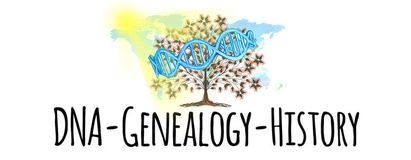
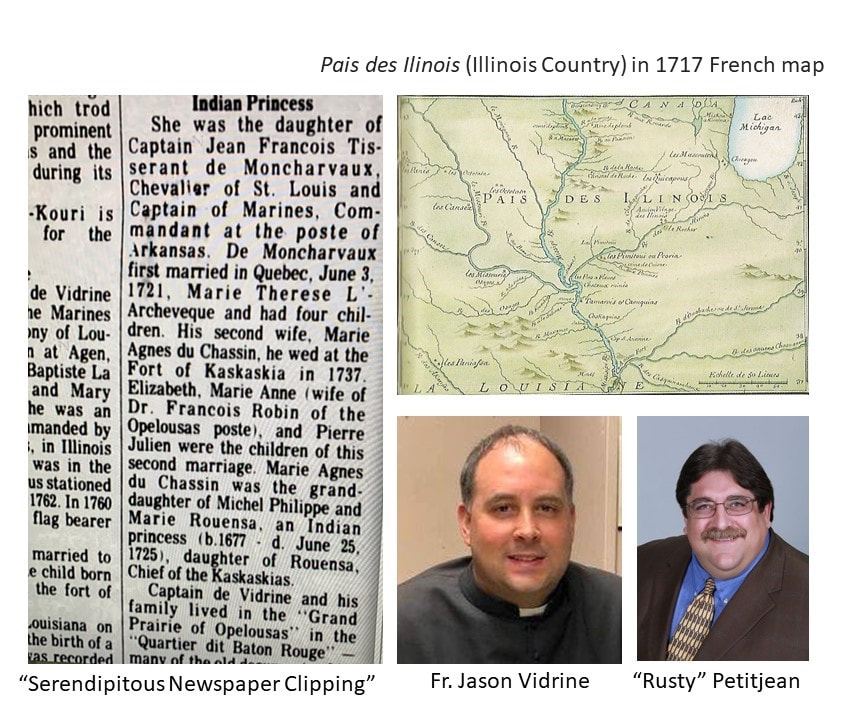


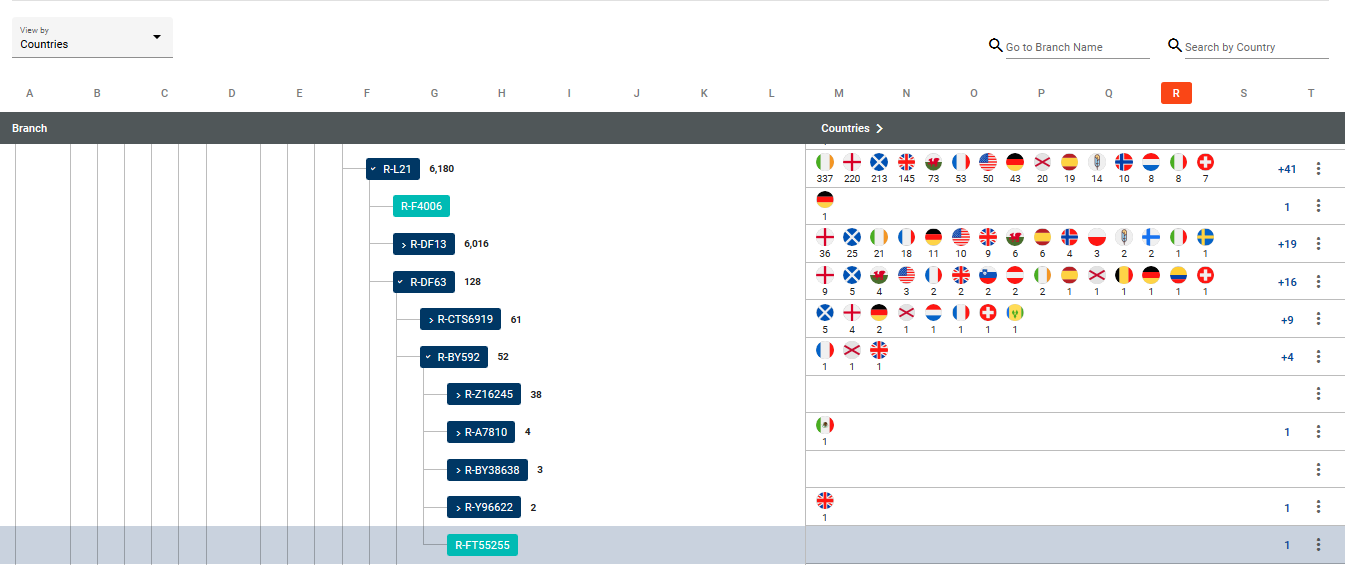
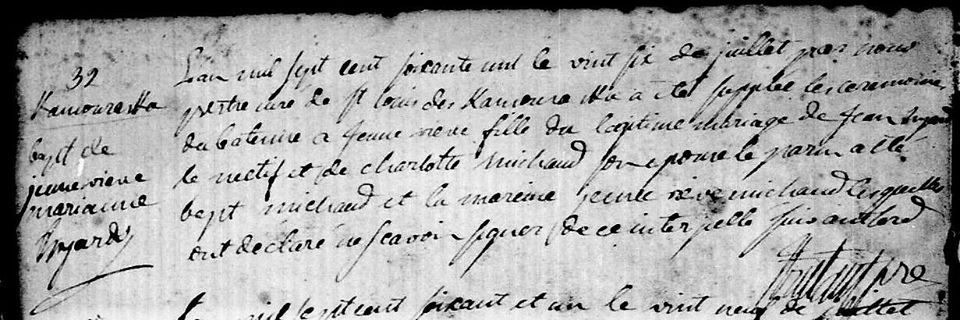

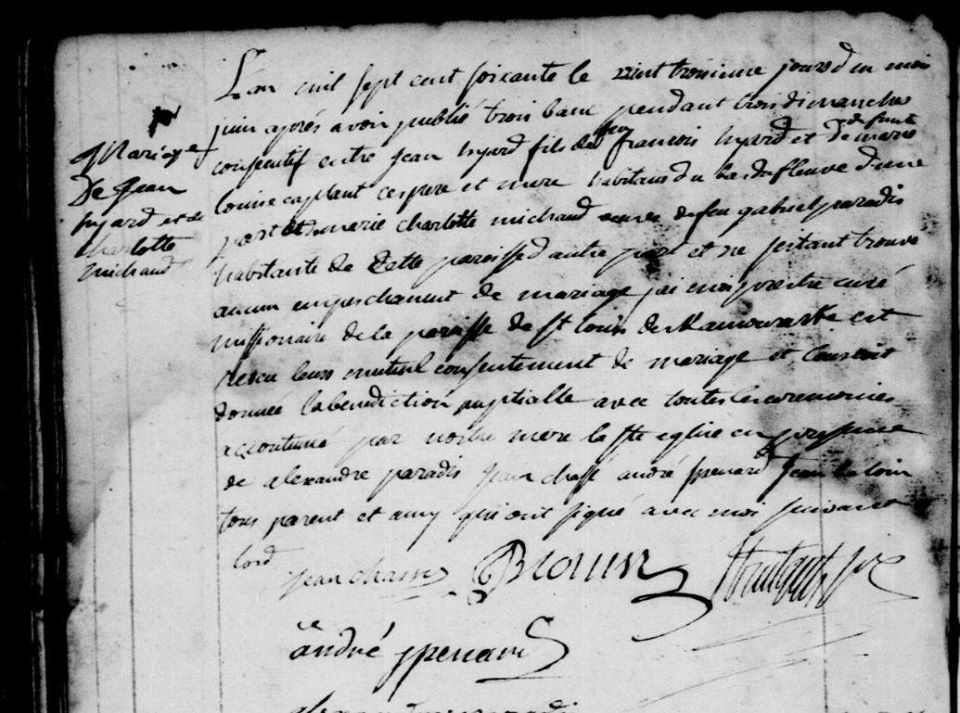
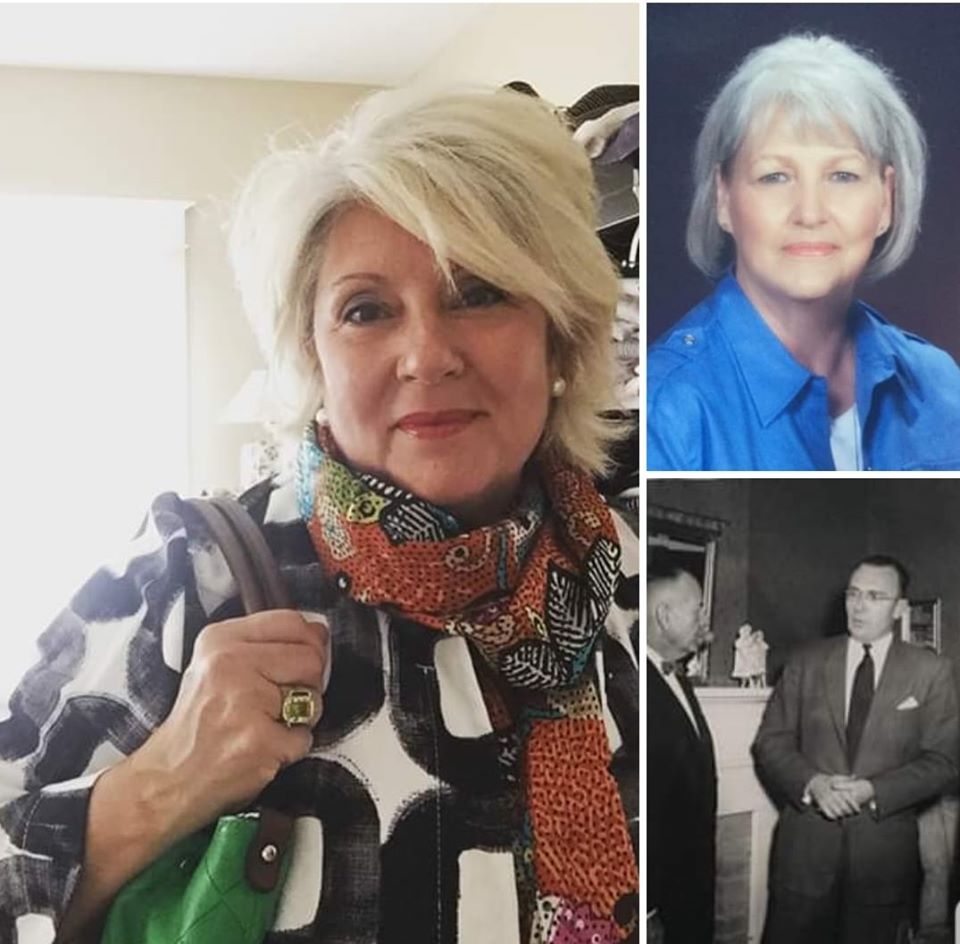
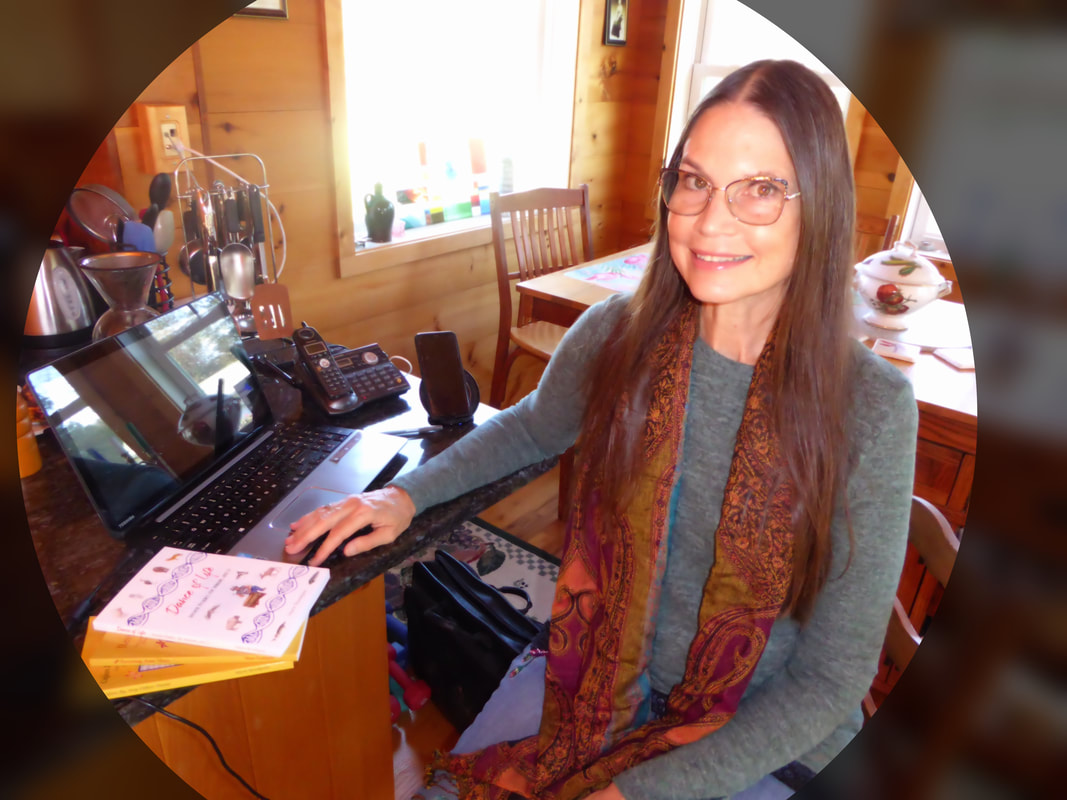
 RSS Feed
RSS Feed
